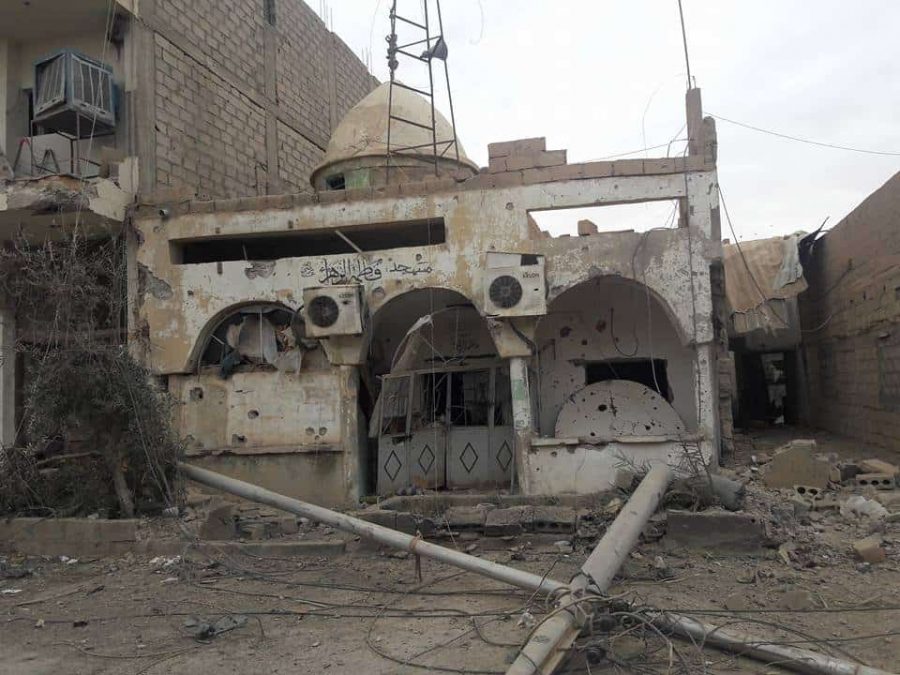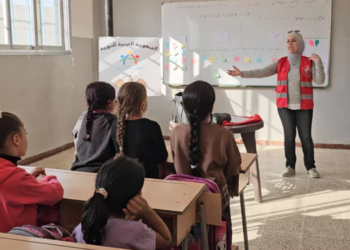This post is also available in:
![]() العربية
العربية
DEIR EZZOR, Syria Amid the devastation of Syria’s long-running civil war, the eastern city of Deir Ezzor stands as a stark testament to the destruction of religious heritage. Mosques and churches alike have crumbled under bombardment, victims not just of conflict but of calculated targeting that residents say aimed to erase the city’s spiritual and social fabric.
Between 2012 and 2013, Syrian government forces launched repeated attacks on Deir Ezzor, resulting in extensive damage to places of worship throughout the city. According to local residents and field documentation, the bombardment showed little regard for the religious identity of its targets.
“No house of worship was spared,” said Amin al-Dukhul, imam of the Uthman ibn Affan Mosque. “The shelling didn’t differentiate between a mosque or a church. It was a deliberate campaign to eliminate any form of communal or spiritual gathering.”
That campaign, he said, was part of a broader effort to dismantle the city’s religious and social infrastructure.
Prior to the war, Deir Ezzor was home to five historic churches representing various Christian denominations: the Armenian Orthodox Church of the Martyrs, the Syriac Orthodox Church of the Virgin Mary, the Armenian Catholic Church, the Capuchin-run Church of Christ the King, and the Syriac Catholic Church. All suffered near-total destruction during the fighting, residents say. The Islamic State, which later took control of parts of the city, reportedly rigged the remaining structures with explosives, compounding the damage.
Mohammad al-Jadaan, a longtime resident of Deir ez-Zor, described the transformation of the once-vibrant al-Rushdiya neighborhood into “a field of rubble.” He said the churches were left with structural damage so severe they could no longer be used for religious purposes.
The destruction fueled a mass exodus of Christian residents, whose numbers in Deir ez-Zor have since dwindled to symbolic levels. Many now live as refugees within Syria or abroad. The bombing also extended to several of the city’s mosques, amplifying the impact on religious life across sectarian lines.
Over the course of the conflict, Deir ez-Zor has come to symbolize the vulnerability of sacred spaces in times of war. The systematic targeting of religious buildings, locals say, did more than raze stone and mortar—it fractured communities and left enduring scars on the city’s cultural identity.
As the war enters its second decade, calls are growing louder among residents and religious leaders for the protection of places of worship—not merely as sites of faith, but as cornerstones of civil life and coexistence.












